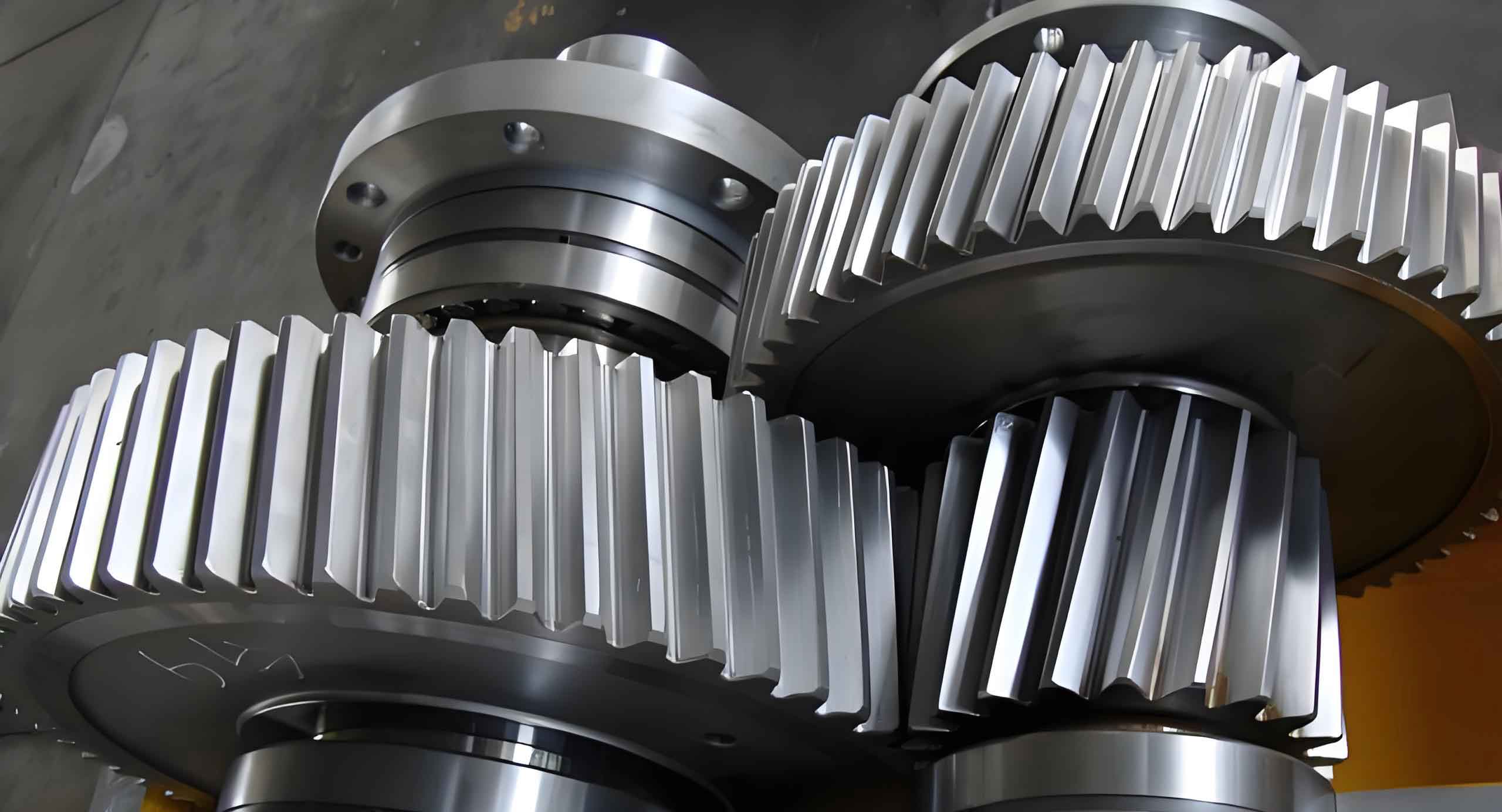Introduction
Helical gear plays critical role in various applications, including electric vehicles, industrial machinery, and aerospace systems. Ensuring the quality and reliability of helical gear is essential to maintain optimal performance and longevity. This article delves into the processes of quality control and testing in helical gear manufacturing, emphasizing the importance of precision, consistency, and adherence to stringent standards.
Understanding Helical Gear
Helical gear is cylindrical gear with teeth cut at an angle to the axis of rotation. This design allows for smoother and quieter operation compared to spur gear. The angled teeth engage gradually, distributing load more evenly and reducing noise and vibration.

Key Features of Helical Gear:
- Angled Teeth: Typically cut at angles between 15° and 30°.
- Smooth Operation: Reduced noise and vibration due to gradual engagement.
- Load Distribution: Even distribution of load across the teeth.
- High Load Capacity: Increased contact area allows for handling higher loads.
Importance of Quality Control in Helical Gear Manufacturing
Quality control in helical gear manufacturing is crucial to ensure that gears meet specified standards and perform reliably in their intended applications. It involves a series of inspections and tests throughout the manufacturing process to detect and correct defects, ensuring that the final product is of the highest quality.
Objectives of Quality Control:
- Ensure Dimensional Accuracy: Verify that gears meet specified dimensions and tolerances.
- Assess Material Properties: Check the material composition and mechanical properties.
- Detect Surface Defects: Identify and address any surface imperfections.
- Verify Performance Characteristics: Ensure that gears meet required performance standards.
Key Quality Control Processes
Several quality control processes are employed in the manufacturing of helical gear to ensure their reliability and performance.
Inspection and Testing Methods:
- Dimensional Inspection:
- Coordinate Measuring Machines (CMM): Used to measure the dimensions of gears with high precision.
- Gear Measuring Instruments: Specific tools designed to measure gear parameters such as pitch, lead, and profile.
- Material Testing:
- Chemical Analysis: Ensures the material composition meets specifications.
- Mechanical Testing: Assesses properties such as hardness, tensile strength, and toughness.
- Surface Inspection:
- Visual Inspection: Identifies visible defects such as cracks, pits, and scratches.
- Magnetic Particle Inspection (MPI): Detects surface and near-surface defects in ferromagnetic materials.
- Performance Testing:
- Load Testing: Assesses the gear’s ability to handle specified loads without deformation.
- Noise and Vibration Testing: Measures the noise and vibration levels during operation to ensure quiet and smooth performance.
Table: Quality Control Processes and Their Objectives
| Quality Control Process | Objective |
|---|---|
| Dimensional Inspection | Ensure gears meet specified dimensions |
| Material Testing | Verify material composition and properties |
| Surface Inspection | Detect and address surface imperfections |
| Performance Testing | Ensure gears meet performance standards |
List: Key Inspection and Testing Equipment
- Coordinate Measuring Machines (CMM)
- Gear Measuring Instruments
- Chemical Analyzers
- Hardness Testers
- Tensile Testing Machines
- Magnetic Particle Inspection (MPI) Equipment
- Load Testing Machines
- Noise and Vibration Analyzers
Importance of Testing in Helical Gear Manufacturing
Testing is an integral part of quality control, ensuring that helical gear not only meet design specifications but also perform reliably under operational conditions. Various tests are conducted at different stages of manufacturing to identify and rectify potential issues before gears are deployed in the field.
Types of Tests Conducted:
- Hardness Testing: Measures the hardness of the gear material to ensure it meets specified standards.
- Tensile Testing: Assesses the tensile strength of the material, ensuring it can withstand operational stresses.
- Fatigue Testing: Evaluates the gear’s ability to endure cyclic loading conditions without failure.
- Load Testing: Simulates operational conditions to verify helical gear’s load-carrying capacity.
- Noise and Vibration Testing: Ensures helical gears operate quietly and with minimal vibration.
Table: Types of Tests and Their Purposes
| Test Type | Purpose |
|---|---|
| Hardness Testing | Ensure material hardness meets specifications |
| Tensile Testing | Assess tensile strength |
| Fatigue Testing | Evaluate endurance under cyclic loading |
| Load Testing | Verify load-carrying capacity |
| Noise and Vibration Testing | Ensure quiet and smooth operation |
Challenges in Quality Control and Testing
Despite the advancements in quality control and testing methods, there are several challenges faced in helical gear manufacturing.
Common Challenges:
- Precision Requirements: Achieving and maintaining the high precision required in gear manufacturing can be challenging.
- Complex Geometries: The complex shapes and profiles of helical gear make inspection and testing more difficult.
- Material Variability: Variations in material properties can affect the performance and reliability of gears.
- Technological Limitations: Keeping up with advancements in testing technology and methods can be demanding.
Conclusion
Quality control and testing are essential components of helical gear manufacturing, ensuring that gears meet stringent standards and perform reliably in their intended applications. Through meticulous inspection and rigorous testing, manufacturers can detect and correct defects, enhance material properties, and verify performance characteristics. In applications such as electric vehicles, where reliability and efficiency are paramount, high-quality helical gear play a crucial role. By addressing the challenges and continuously improving quality control processes, the helical gear manufacturing industry can continue to deliver superior products that meet the evolving demands of modern technology.
